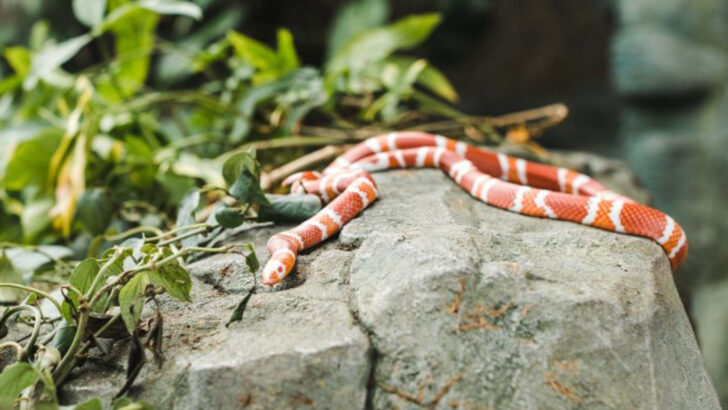They slither, they hiss, and they send shivers down spines—but snakes aren’t the villains they’re made out to be. Behind the fangs and flicking tongues lies a silent army keeping nature in balance. These reptiles don’t just lurk in the grass—they protect crops, control pests, and quietly save ecosystems without asking for applause. The truth? Many of the snakes we fear most are actually doing us a favor. From rodent control to keeping disease in check, these 13 misunderstood serpents are nature’s unlikely heroes. It’s time to trade fear for fascination and take a closer look at the snakes we should be thanking instead of running from.
Kingsnake
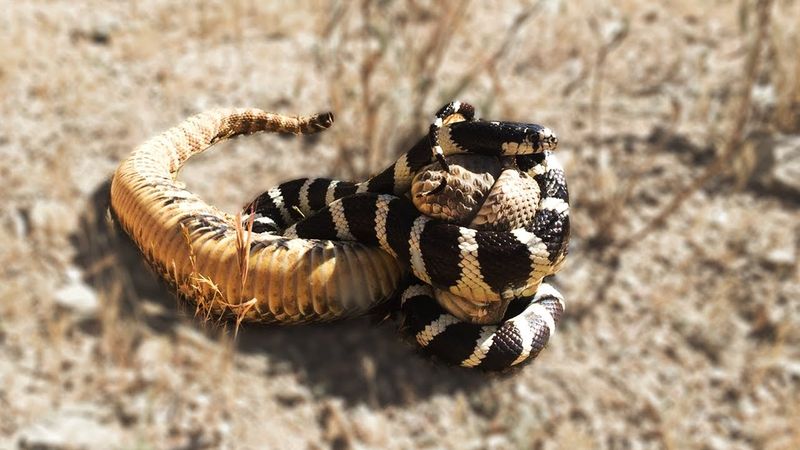
The kingsnake, with its striking tricolor pattern, is known for its voracious appetite for venomous snakes. Its immunity to viper venom allows it to control populations of potentially dangerous species, such as rattlesnakes, contributing to a balanced ecosystem.
In gardens and farms, kingsnakes are welcome guests. They help manage rodents and other pests, reducing the need for chemical pesticides.
Their calm disposition makes them a favorite among snake enthusiasts. Fascinatingly, the kingsnake might even be seen sunbathing on a warm day, soaking up the sunshine as it goes about its beneficial business.
Garter Snake
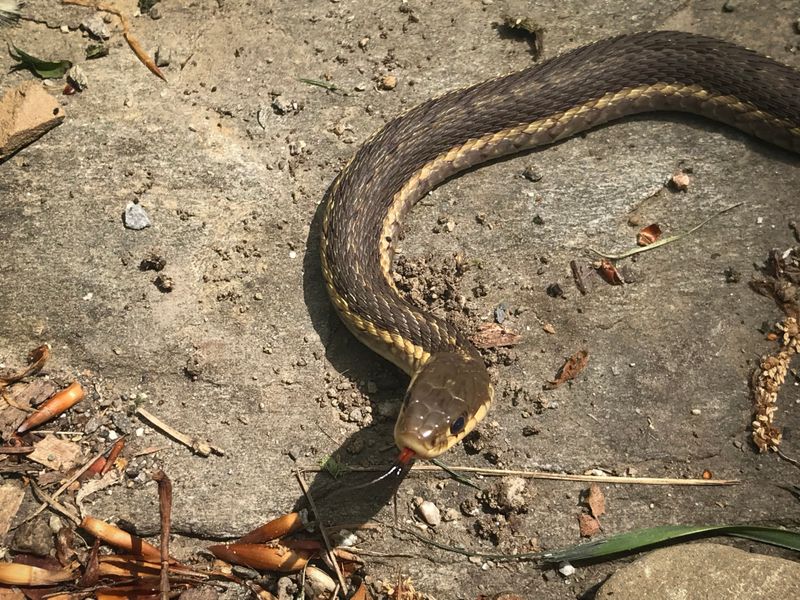
Despite its unassuming appearance, the garter snake is a garden’s best friend. Known for its pest control abilities, it feasts on slugs and insects, keeping plant beds healthy and vibrant.
This non-venomous snake is often found near water sources, where it contributes to the ecosystem by controlling amphibian populations.
With its gentle nature, the garter snake is unlikely to bite unless provoked. A symbol of adaptability, it can thrive in diverse environments, showcasing resilience and playing a vital role in maintaining natural balance.
Rat Snake
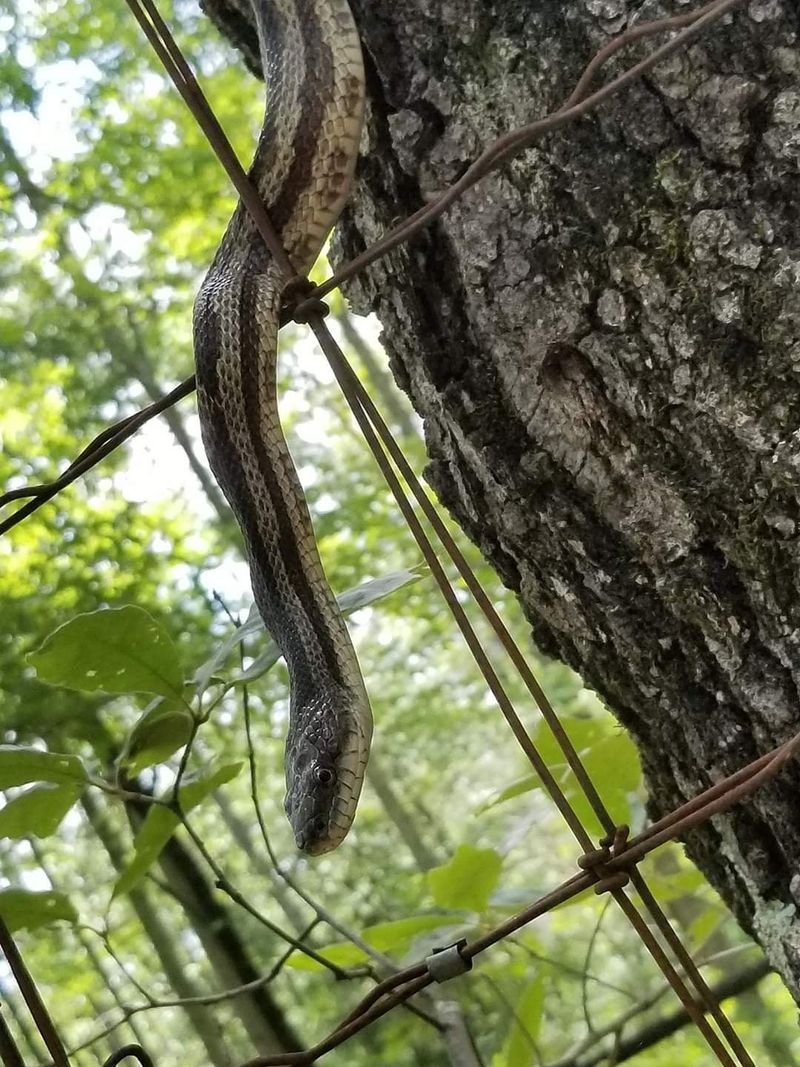
The rat snake, often overlooked, is a silent guardian of farms. Its primary diet consists of rodents, making it invaluable for controlling pest populations.
Thanks to their climbing skills, rat snakes efficiently patrol barns and grain storage facilities. Farmers appreciate their presence, as they help reduce crop damage and financial loss.
Their non-aggressive demeanor and ability to thrive in various habitats make them a crucial part of rural ecosystems. By keeping rodent numbers in check, rat snakes indirectly support grain production and food security.
Corn Snake
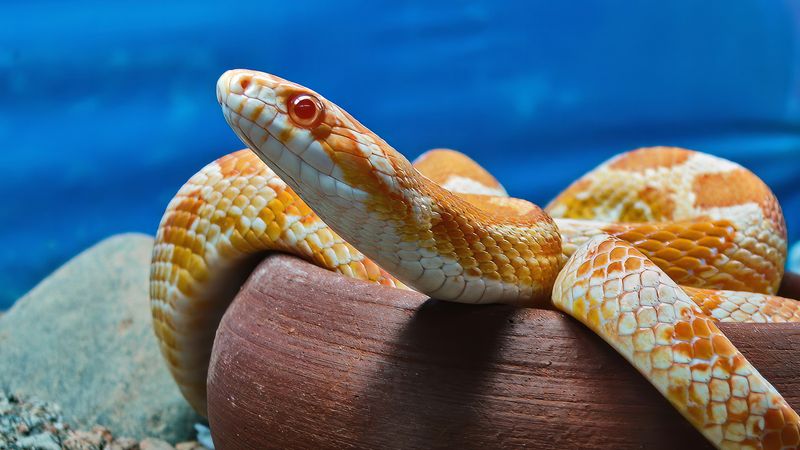
Admired for its vibrant colors, the corn snake is a popular pet and an important wild asset. In agricultural areas, it controls rodent populations, preventing crop damage.
Corn snakes are non-venomous and gentle, making them suitable companions for those interested in keeping snakes. They are often used in educational programs to dispel fears and encourage appreciation of these reptiles.
Their adaptability to different environments highlights their resilience, serving as an example of nature’s balance between beauty and utility.
Milk Snake
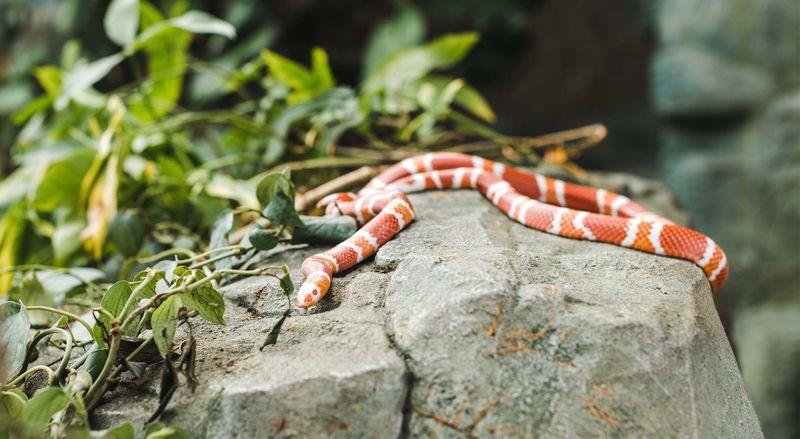
Often mistaken for the venomous coral snake, the milk snake has its own unique charm. Its mimicry serves as a survival mechanism, deterring predators and allowing it to thrive.
Milk snakes contribute to agricultural health by preying on rodents. They are expert hunters, ensuring a balance in pest populations.
Their vibrant appearance and beneficial nature make them a favorite among reptile enthusiasts. The milk snake’s role in the ecosystem extends beyond pest control; it is a testament to the intricate dynamics of nature.
Hognose Snake
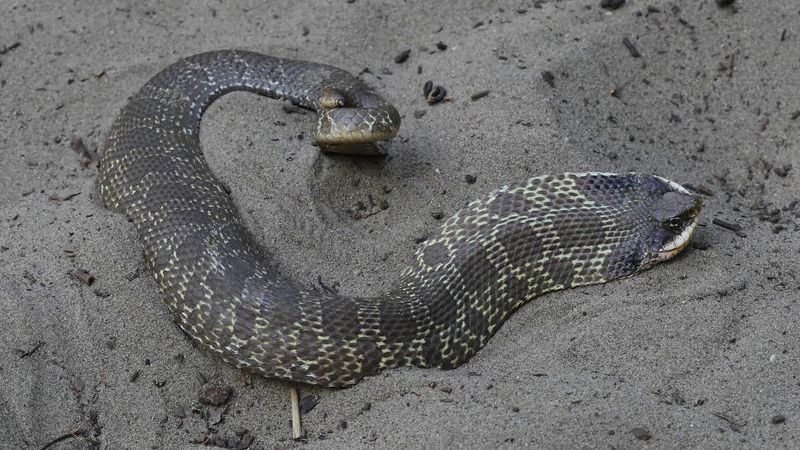
The hognose snake, with its distinctive upturned snout, is a master of theatrics. Known for its dramatic defensive displays, it often plays dead to deter threats.
This snake’s diet includes toads, aiding in the control of amphibian populations. It plays a part in maintaining ecological balance, particularly in sandy and arid regions.
Hognose snakes are harmless to humans and are considered beneficial for pest management. They are fascinating examples of nature’s ability to adapt and survive, using behavior to protect themselves and contribute to their environment.
Pine Snake
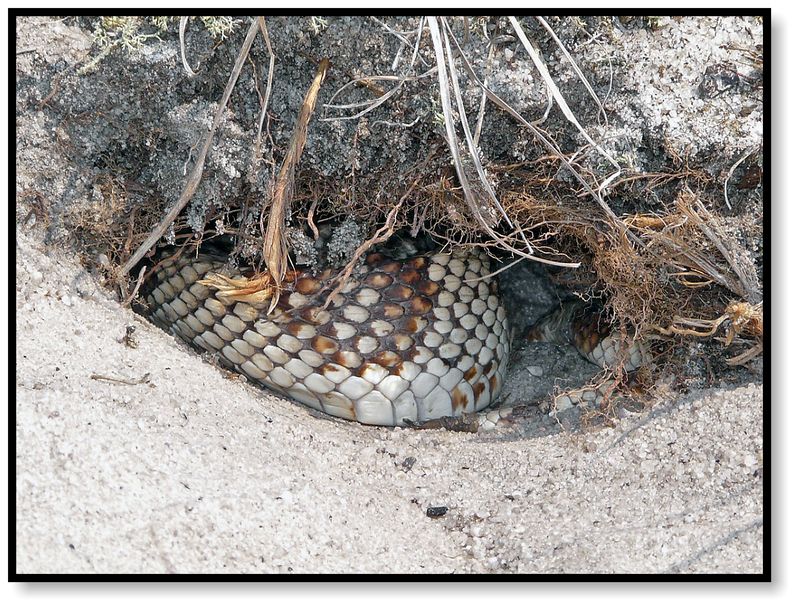
The pine snake is an expert burrower, playing a crucial role in aerating the soil. This behavior benefits plant growth and helps maintain healthy ecosystems.
By feeding on small mammals, the pine snake helps control pest populations, offering natural pest control services to farmers and landowners.
Its preference for pine forests and sandy terrains highlights its adaptability. Despite its intimidating size, the pine snake is non-venomous and poses no threat to humans, showcasing the importance of understanding and preserving wildlife diversity.
Water Snake
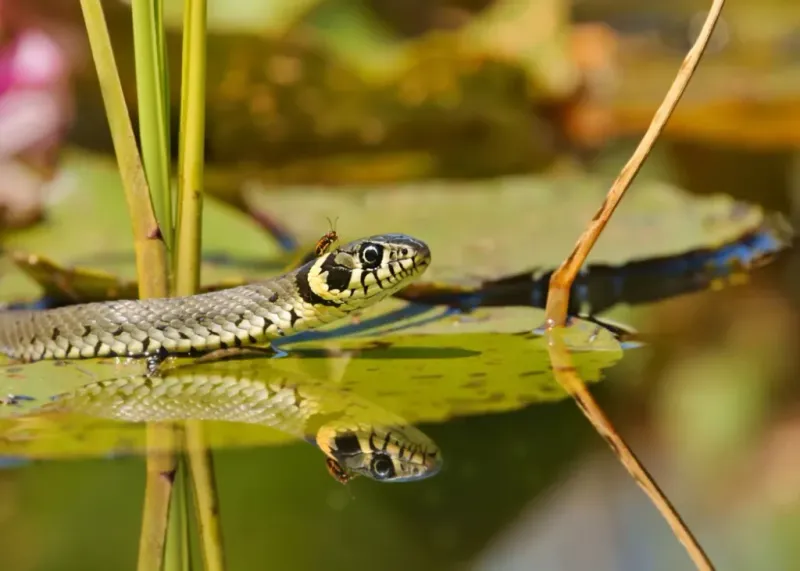
Water snakes, often misidentified as venomous, are key players in aquatic environments. They maintain the balance by preying on fish and amphibians, preventing overpopulation.
Their presence indicates healthy water systems, as they thrive in clean, unpolluted habitats. This makes them excellent bioindicators for environmental assessments.
While they can be defensive when threatened, water snakes are non-venomous and beneficial to ecosystems. Observing a water snake in action provides insight into the interconnectedness of aquatic life and the subtle harmony of nature.
Bullsnake
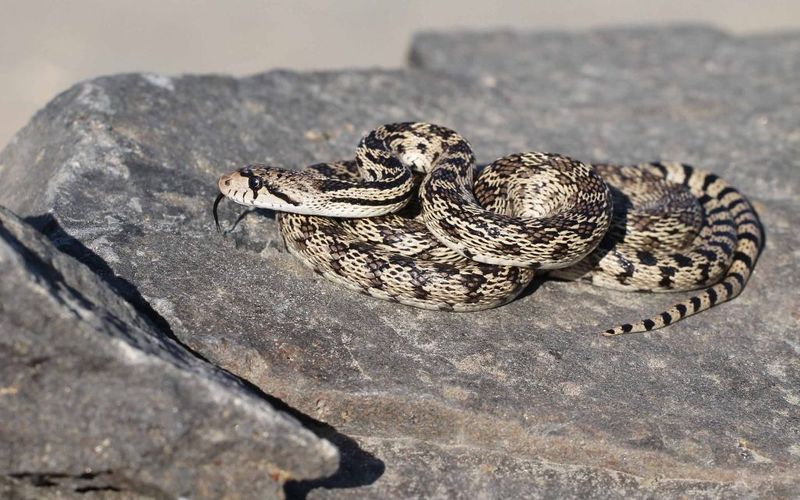
Bullsnakes, the farmers’ allies, are known for their rodent control capabilities. They mimic rattlesnakes, both in appearance and behavior, to ward off potential threats.
These snakes are efficient hunters, reducing the need for chemical pest controls and supporting sustainable agriculture.
Their size and strength are impressive, but they are non-venomous and relatively docile. The bullsnake’s contribution to maintaining ecological balance is significant, as they help preserve crop integrity and foster a harmonious relationship between agriculture and nature.
Green Snake
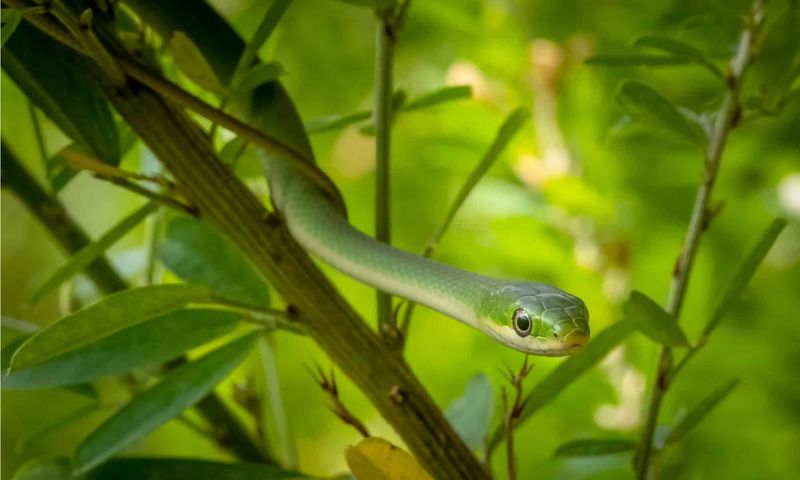
The green snake, with its emerald hue, embodies grace and subtlety. It feeds on insects and small invertebrates, serving as a natural pest controller in gardens and forests.
Its gentle presence is often overlooked, yet it plays a critical role in maintaining ecological balance. This snake’s non-aggressive nature makes it an intriguing yet unobtrusive part of its habitat.
Their preference for leafy environments helps sustain plant health, showcasing the green snake’s integral part in supporting biodiversity and environmental stability.
Ringneck Snake
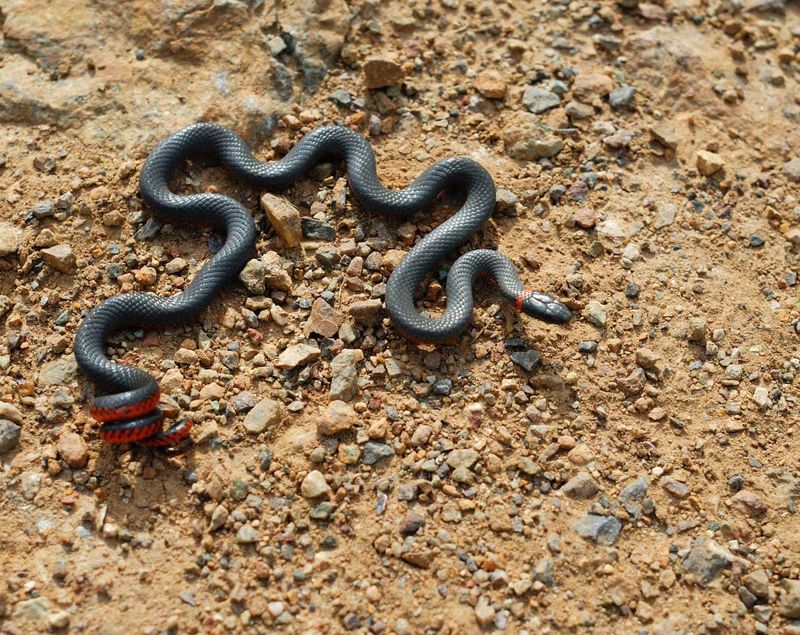
The ringneck snake, small yet captivating, is easily recognized by its unique neck ring. This snake is a stealthy predator, feeding on small creatures like salamanders and worms, thus aiding in soil health.
Its presence signals a balanced ecosystem, where even the smallest creatures play pivotal roles.
Non-aggressive and secretive, the ringneck snake is rarely seen, but its impact is profound. By contributing to the decomposition process, it aids nutrient cycling, benefiting plant growth and supporting a diverse ecosystem.
Coachwhip
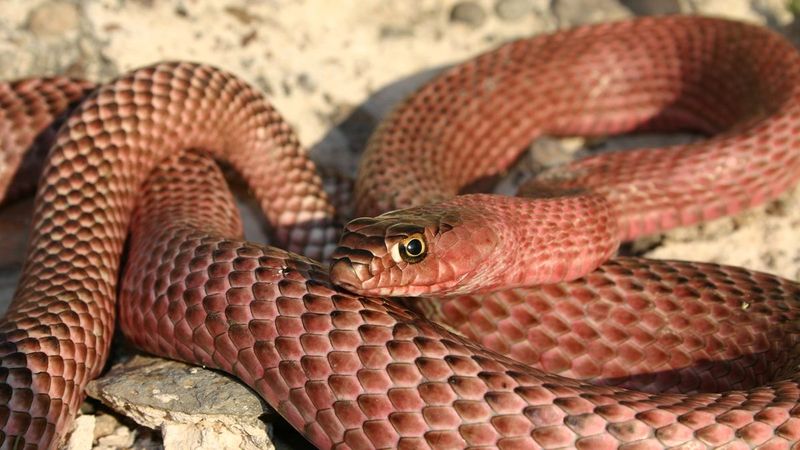
The coachwhip snake is known for its speed and agility, moving like a whip across open terrain. Its diet includes small animals and insects, helping control pest populations in its arid habitat.
Despite its intimidating appearance, the coachwhip is non-venomous and avoids humans. Its ability to thrive in harsh environments showcases nature’s resilience and adaptability.
Its contribution to pest management and ecosystem balance is invaluable, making the coachwhip a fascinating example of the intricate web of life in desert ecosystems.
Black Racer
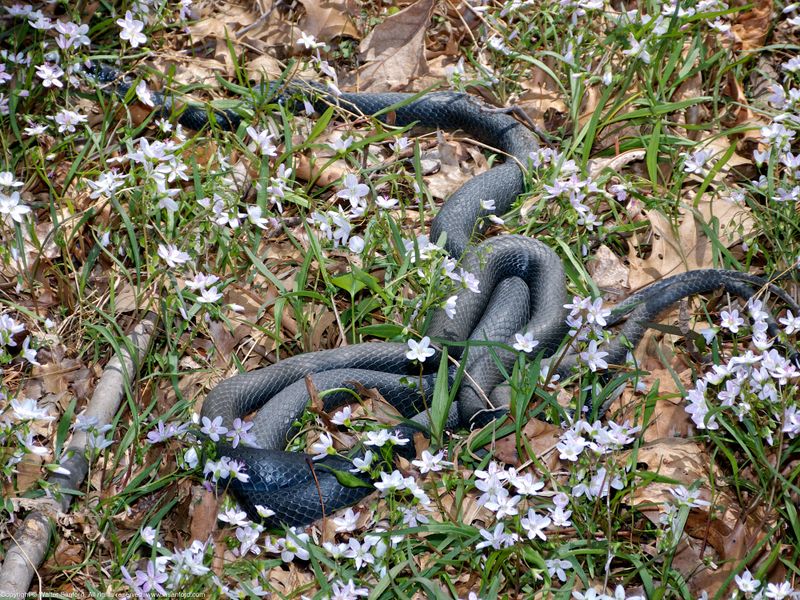
The black racer, aptly named for its speed and dark appearance, is a master of evasion. It plays a crucial role in maintaining ecological balance by preying on rodents and pests.
Known for its alertness, the black racer is quick to retreat rather than confront threats. Its presence in meadows and woodlands is a sign of a healthy ecosystem.
The black racer’s ability to adapt to various environments highlights its importance in biodiversity. By controlling pest populations, it supports both natural and agricultural systems, ensuring stability and productivity.

